Home>Kitchen & Cooking>Kitchen Gadgets & Utensils>Why Does A Tea Kettle Whistle
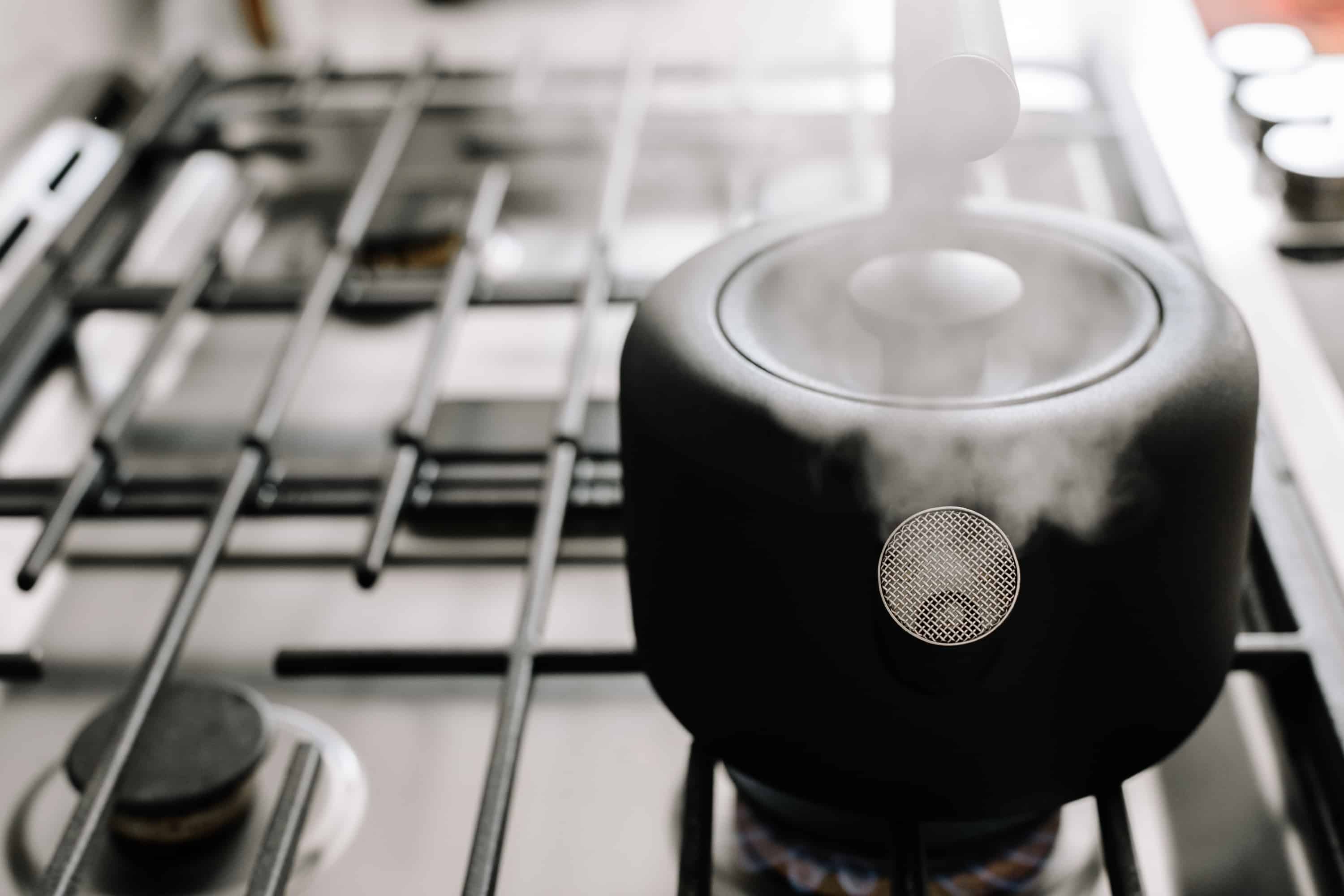

Kitchen Gadgets & Utensils
Why Does A Tea Kettle Whistle
Modified: August 26, 2024
Discover why a tea kettle whistles and explore the charm of kitchen gadgets and utensils. Uncover the science and history behind this classic kitchen essential.
(Many of the links in this article redirect to a specific reviewed product. Your purchase of these products through affiliate links helps to generate commission for Storables.com, at no extra cost. Learn more)
Introduction
Welcome to the delightful world of tea kettles and their enchanting whistles! Have you ever wondered why a tea kettle emits that distinctive, attention-grabbing sound when the water reaches a boiling point? It's not just a random occurrence; there's a fascinating science and history behind it. Join me as we delve into the captivating realm of tea kettles and uncover the secrets of their melodious whistles.
For centuries, tea has been a beloved beverage enjoyed by people from diverse cultures around the globe. The ritual of brewing a soothing cup of tea has been elevated to an art form, and the humble tea kettle plays a pivotal role in this timeless tradition. Whether you prefer a classic stovetop kettle, an electric version, or a modern smart kettle, the anticipation of that familiar whistle is a universal experience that transcends generations.
In this exploration, we will unravel the science of boiling water, unravel the mechanism behind the iconic whistle, and journey through the historical significance of this beloved kitchen essential. By the end of our adventure, you'll have a newfound appreciation for the tea kettle's enchanting whistle and the rich tapestry of culture and innovation woven into its story. So, grab your favorite mug, settle in, and let's embark on a captivating journey into the heart of the tea kettle's melodious charm.
Key Takeaways:
- The tea kettle’s whistle is a result of steam pressure creating sound, signaling the water’s boiling point. It’s a clever fusion of physics and design, adding whimsy to the ritual of tea preparation.
- The whistle embodies cultural significance, symbolizing comfort and conviviality. It’s a cherished emblem of shared moments and the enduring magic of the tea kettle.
Read more: How To Use A Whistling Tea Kettle
The Science of Boiling Water
Before we unravel the mystery of the tea kettle’s whistle, let’s first explore the captivating science behind the boiling of water. At its core, boiling is a remarkable physical process driven by the fundamental principles of thermodynamics and heat transfer.
When heat is applied to a kettle filled with water, the energy from the heat source causes the water molecules to gain kinetic energy, leading to increased movement and agitation within the liquid. As the temperature rises, the water undergoes a transformative phase change, transitioning from a liquid state to a gaseous state in the form of water vapor.
At the boiling point, which is typically 212 degrees Fahrenheit (100 degrees Celsius) at sea level, the vapor pressure of the water equals the atmospheric pressure, allowing bubbles of water vapor to form within the liquid and rise to the surface. This mesmerizing dance of bubbles signifies the energetic transition taking place within the kettle as the water reaches its boiling point.
The process of boiling water is not only a captivating display of physical phenomena but also a fundamental aspect of culinary and beverage preparation. From brewing a comforting cup of tea to cooking pasta and vegetables, the boiling of water is a cornerstone of countless culinary endeavors, infusing our kitchens with warmth and vitality.
As we marvel at the enchanting transformation of water into vapor within the confines of a humble kettle, we gain a deeper appreciation for the intricate dance of energy and matter that unfolds every time we set out to prepare a steaming pot of tea or a savory meal. Now that we’ve unraveled the captivating science of boiling water, let’s venture further into the heart of the tea kettle’s melodious charm and uncover the mechanism behind its iconic whistle.
The Whistling Mechanism
Now, let’s uncover the captivating inner workings of the tea kettle’s iconic whistle. The melodious sound that captivates our attention as the water reaches its boiling point is not merely a fortuitous byproduct; it is the result of a cleverly designed mechanism that harnesses the power of physics to announce the water’s transformation into steam.
At the heart of the whistling mechanism lies a simple yet ingenious principle: the conversion of steam pressure into sound. As the water inside the kettle reaches its boiling point, it undergoes a remarkable metamorphosis, transitioning into steam and exerting increased pressure within the confines of the kettle.
The whistling mechanism typically consists of a small, perforated spout or whistle cap attached to the kettle. When the steam pressure inside the kettle reaches a certain threshold, it escapes through these perforations, creating a series of turbulent, intermittent bursts of steam. This turbulent release of steam sets the surrounding air molecules into vibration, generating the familiar, attention-grabbing whistle that heralds the water’s boiling point.
The frequency and pitch of the whistle are influenced by factors such as the size and shape of the perforations, the design of the spout, and the pressure at which the steam is released. These carefully calibrated elements come together to produce a distinctive and recognizable sound that has become synonymous with the joyous anticipation of a freshly brewed pot of tea.
As we witness the enchanting marriage of physics and design within the whistling mechanism, we gain a deeper appreciation for the artistry and ingenuity embedded in the humble tea kettle. The whistle not only serves as a practical indicator of boiling water but also adds a touch of whimsy and charm to the ritual of tea preparation, infusing the kitchen with a sense of anticipation and delight.
Now that we’ve unraveled the captivating inner workings of the tea kettle’s whistle, let’s journey through the historical significance of this beloved kitchen essential and discover the cultural tapestry woven into its story.
When water in a tea kettle reaches boiling point, it creates steam. The steam builds pressure and escapes through the whistle, creating the whistling sound.
The Historical Significance
The tea kettle’s whistle carries with it a rich tapestry of historical significance, intertwining with cultural traditions, technological advancements, and the timeless art of tea preparation. Throughout the annals of history, the tea kettle has been a steadfast companion in kitchens around the world, evolving alongside human ingenuity and societal customs.
Historically, the act of boiling water for tea has been intertwined with rituals, ceremonies, and social customs in various cultures. The tea ceremony in East Asia, for example, is a revered tradition that emphasizes harmony, respect, and mindfulness, with the preparation of tea symbolizing a spiritual and aesthetic experience. The tea kettle, with its melodious whistle, becomes an integral part of this ceremonial journey, signaling the transformation of water into a vessel of warmth and tranquility.
As societies embraced technological progress, the design and functionality of tea kettles evolved, incorporating materials such as copper, cast iron, stainless steel, and enamel, each bearing the imprints of cultural heritage and craftsmanship. The addition of the whistling mechanism further elevated the tea kettle’s allure, transforming a utilitarian vessel into a source of auditory delight and anticipation.
The integration of the whistling mechanism into tea kettles not only served a practical purpose but also symbolized a harmonious union of form and function. The whimsical yet functional nature of the whistle resonated with individuals across generations, infusing the act of boiling water with a touch of theatricality and charm.
Furthermore, the tea kettle’s whistle has transcended its role as a mere indicator of boiling water, becoming a symbol of comfort, hospitality, and conviviality. Its familiar sound evokes memories of shared moments with loved ones, cozy gatherings around the kitchen table, and the simple joy of partaking in a comforting cup of tea.
As we reflect on the historical significance of the tea kettle’s whistle, we recognize its enduring presence as a cultural icon, a technological marvel, and a cherished companion in the timeless ritual of tea preparation. Its resonance echoes across time and space, bridging traditions, cultures, and generations with a symphony of steam and sound.
With a deeper understanding of the historical tapestry woven into the tea kettle’s story, we emerge with a newfound appreciation for the enduring legacy and cultural significance of this beloved kitchen essential.
Conclusion
As we draw the curtains on our exploration of the tea kettle’s melodious charm, we find ourselves immersed in a world where science, history, and cultural traditions converge within the confines of a humble kitchen essential. The tea kettle, with its enchanting whistle, embodies a timeless allure that transcends mere functionality, captivating our senses and stirring our hearts with its symphony of steam and sound.
From the captivating science of boiling water to the whimsical design of the whistling mechanism, we’ve embarked on a journey that unveils the artistry and ingenuity woven into the fabric of the tea kettle’s story. The transformative process of water transitioning into steam becomes a mesmerizing dance of energy and matter, while the whistle, with its clever fusion of physics and design, heralds the water’s metamorphosis with a joyful flourish.
Delving into the historical significance of the tea kettle’s whistle, we’ve encountered a narrative rich with cultural customs, technological evolution, and the enduring symbolism of shared moments and conviviality. The whistle, once a practical indicator, has evolved into a cherished emblem of comfort, hospitality, and the simple pleasures found in the ritual of tea preparation.
As we bid adieu to this captivating journey, we carry with us a deeper appreciation for the tea kettle’s enduring legacy and its role as a cultural icon that transcends borders and generations. The next time you hear the familiar whistle emanating from a tea kettle, may it serve as a gentle reminder of the timeless traditions, the joy of shared moments, and the enduring magic nestled within the heart of a beloved kitchen companion.
So, whether you savor a soothing cup of tea, relish the warmth of a shared conversation, or simply bask in the symphony of steam and sound, may the tea kettle’s whistle continue to serenade your senses and kindle the spirit of hospitality and delight in your home.
Frequently Asked Questions about Why Does A Tea Kettle Whistle
Was this page helpful?
At Storables.com, we guarantee accurate and reliable information. Our content, validated by Expert Board Contributors, is crafted following stringent Editorial Policies. We're committed to providing you with well-researched, expert-backed insights for all your informational needs.

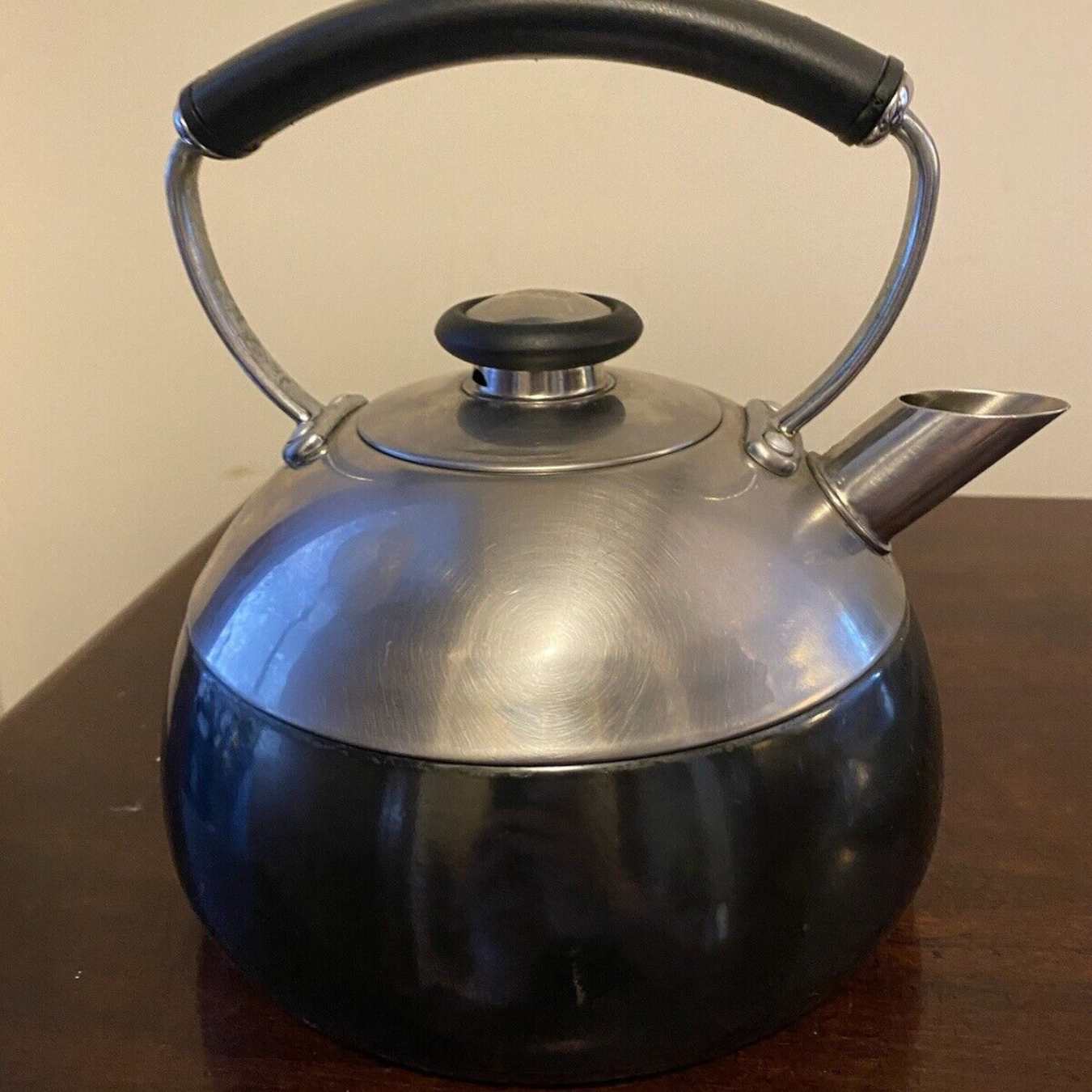
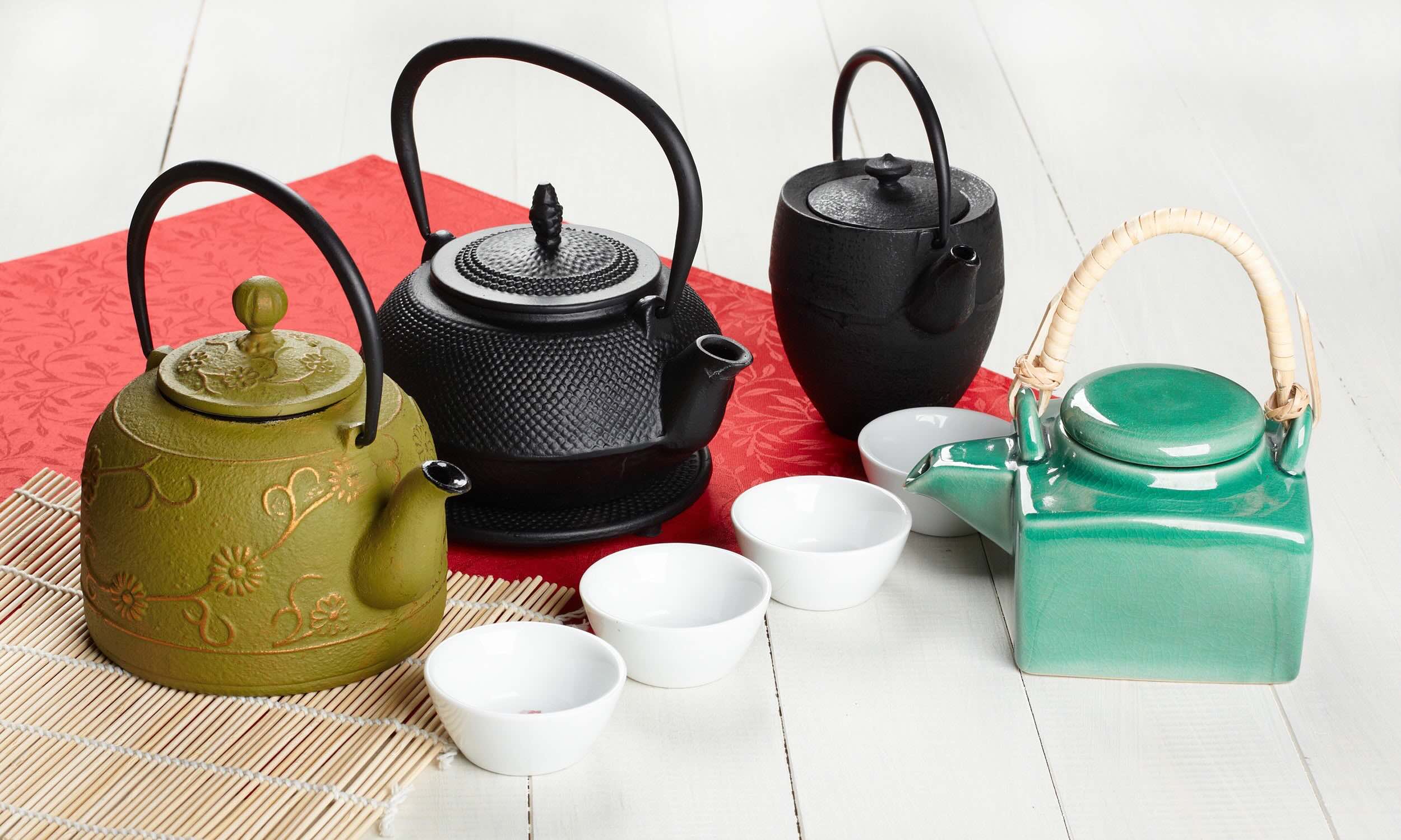

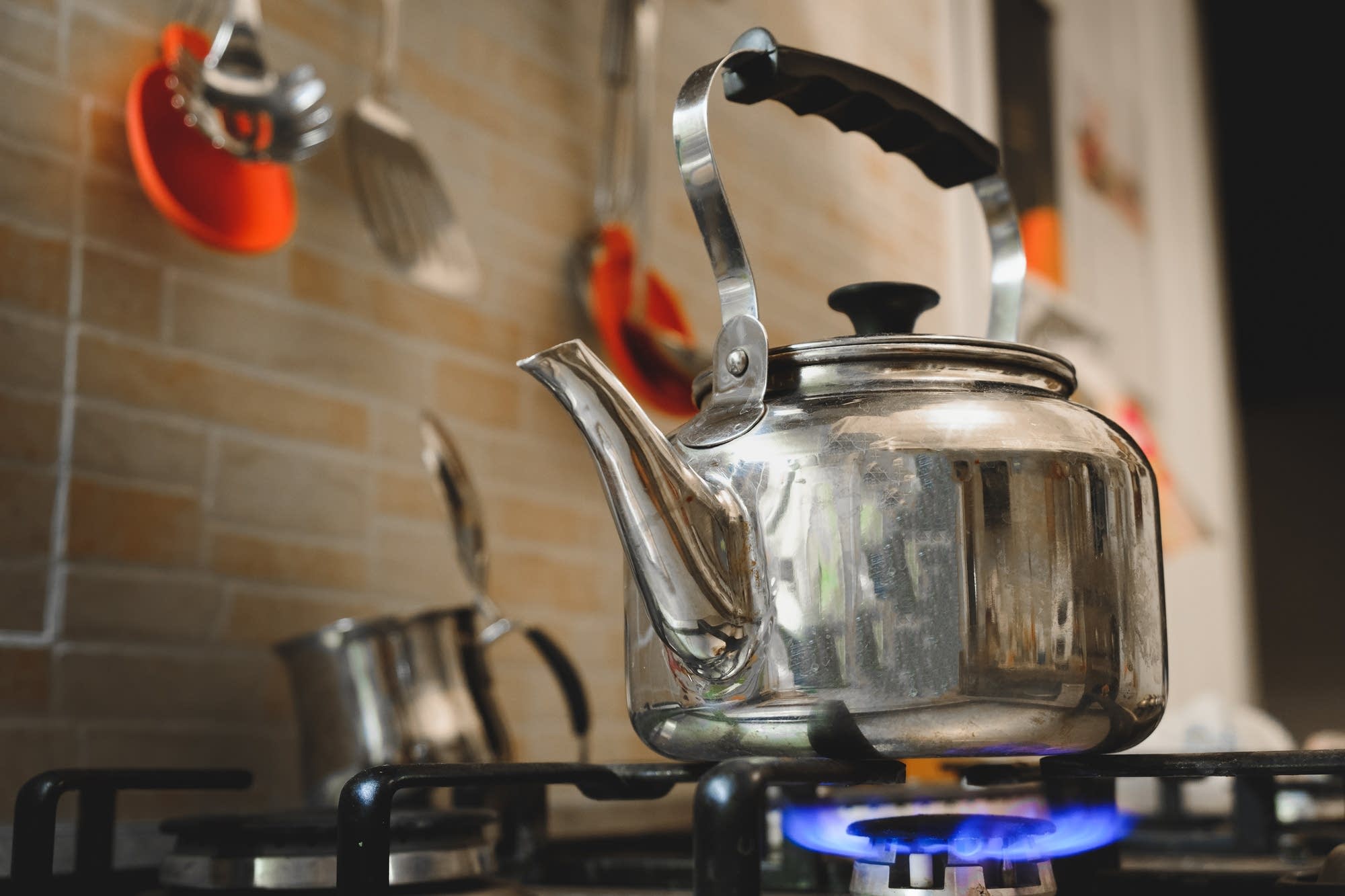

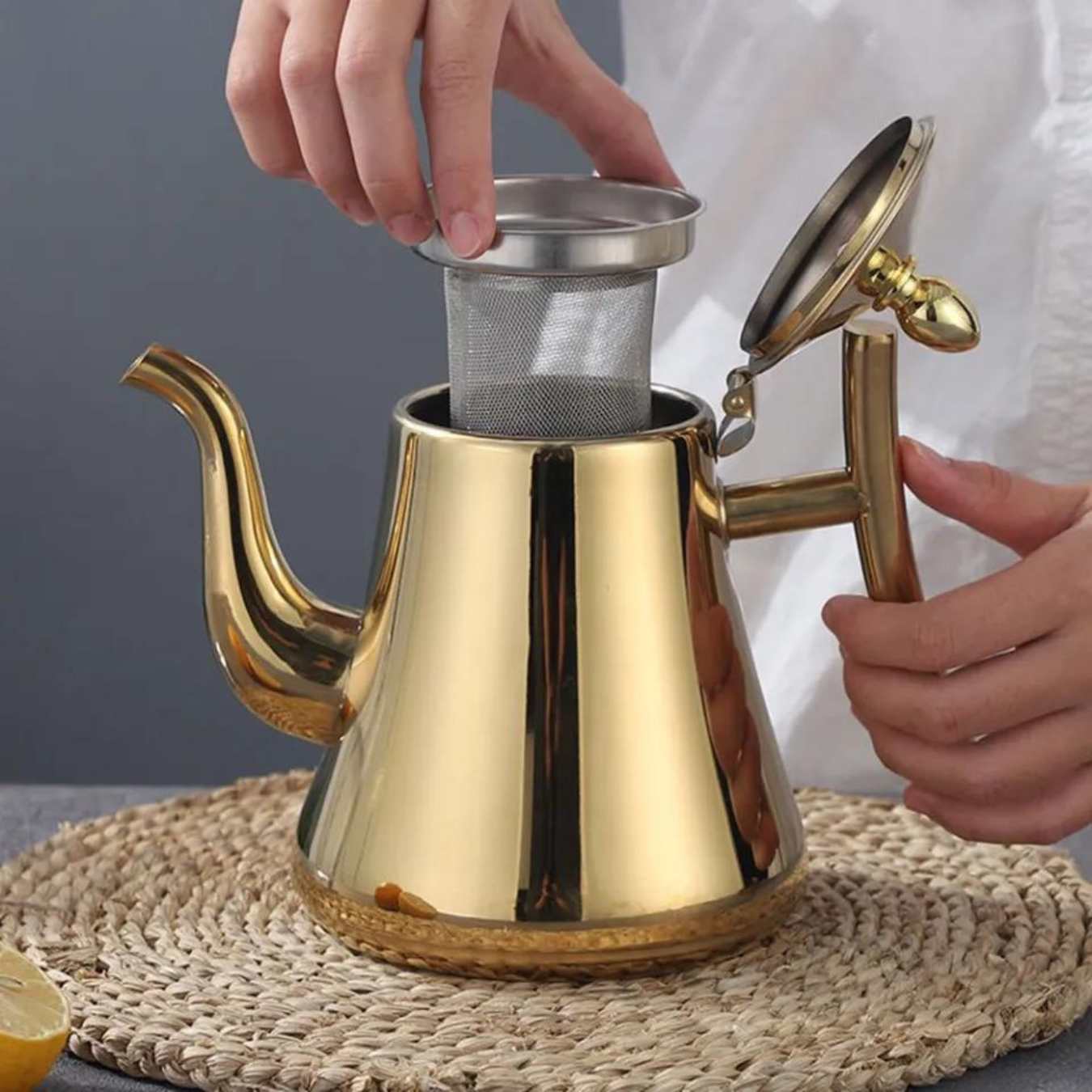

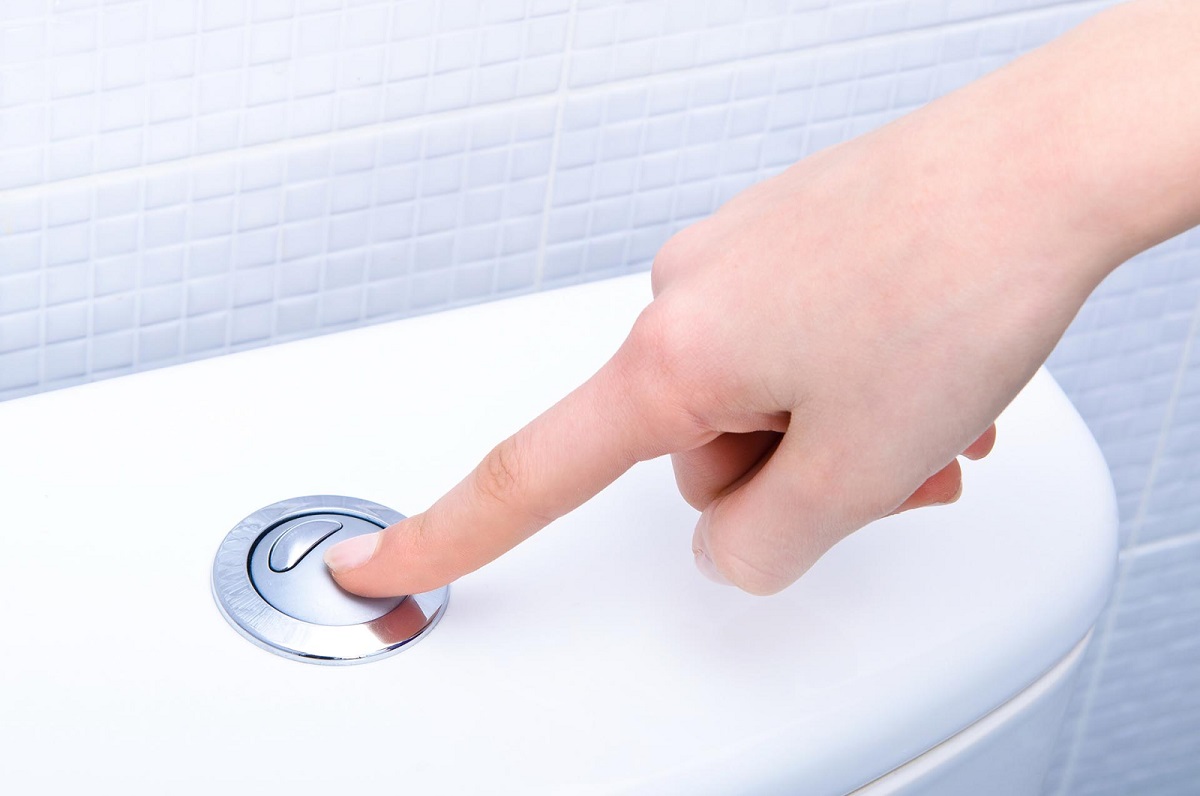
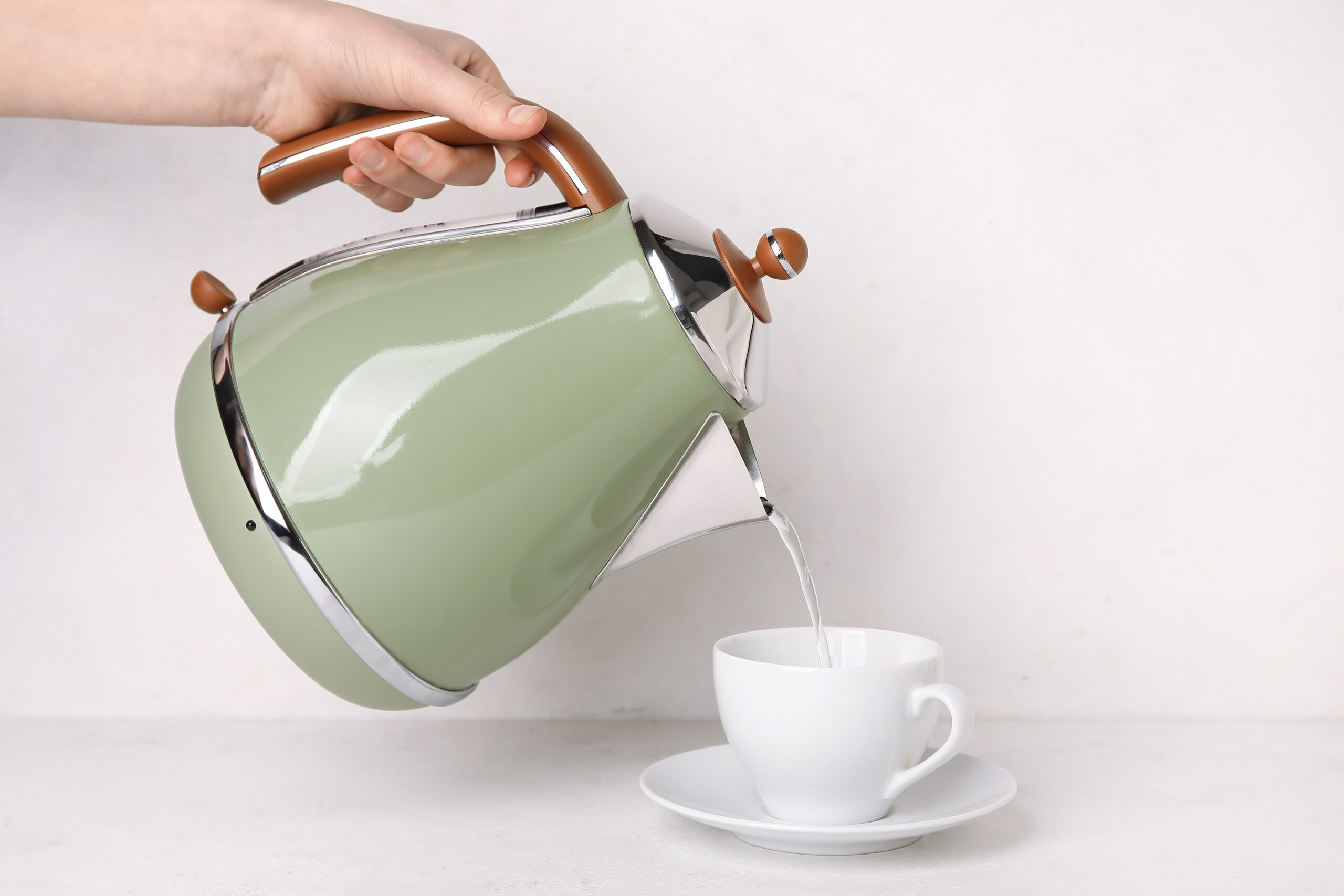
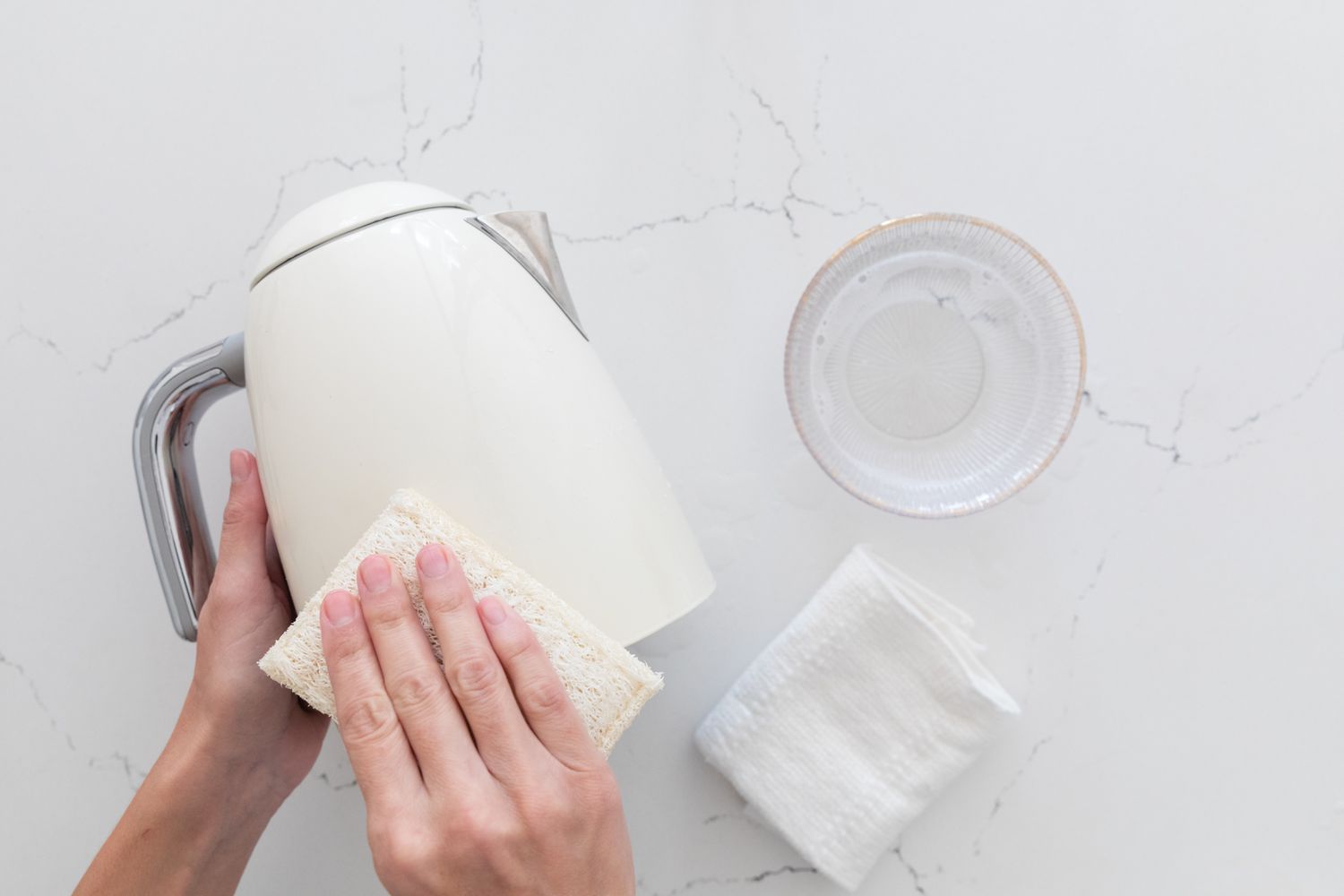
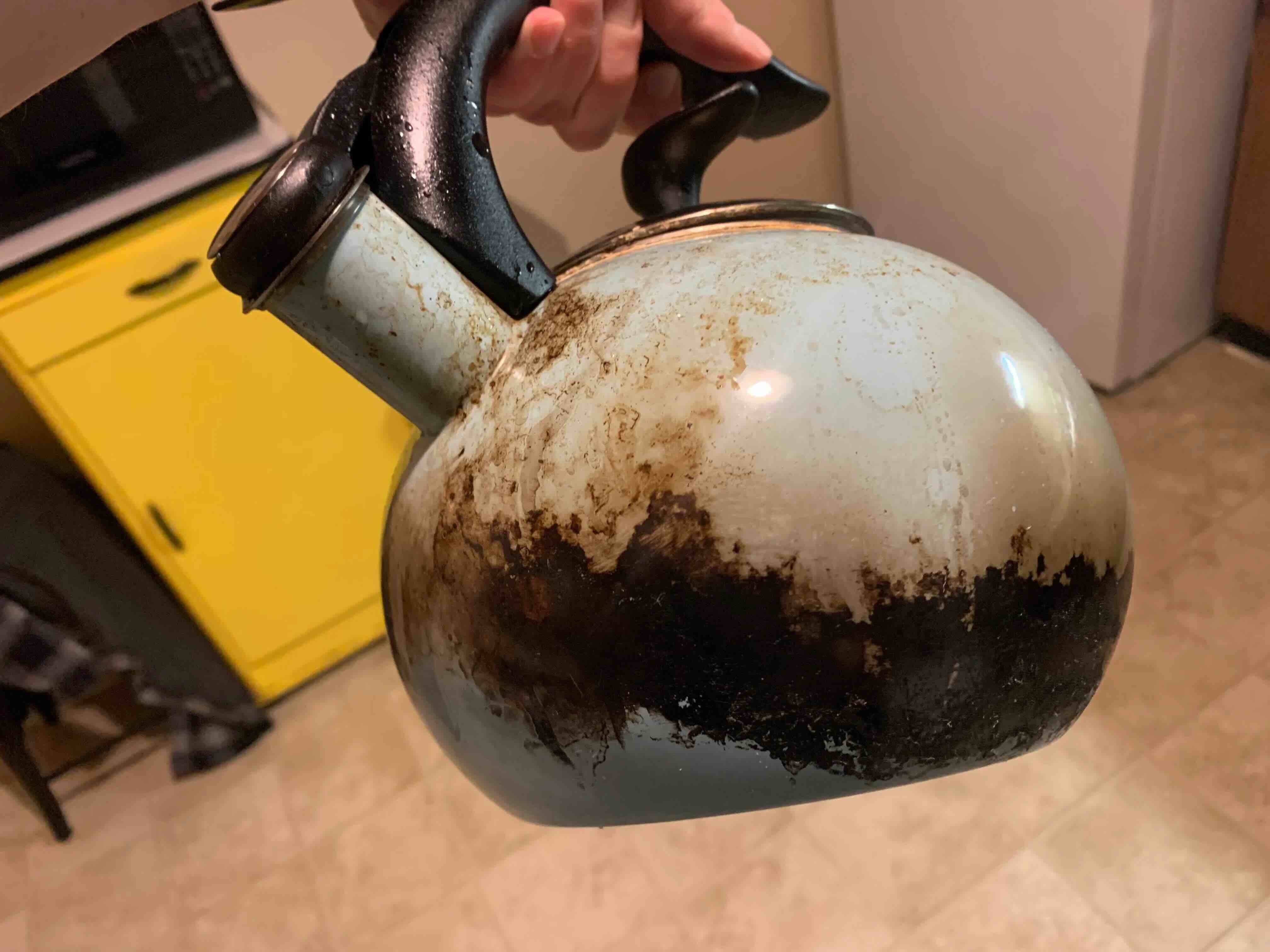
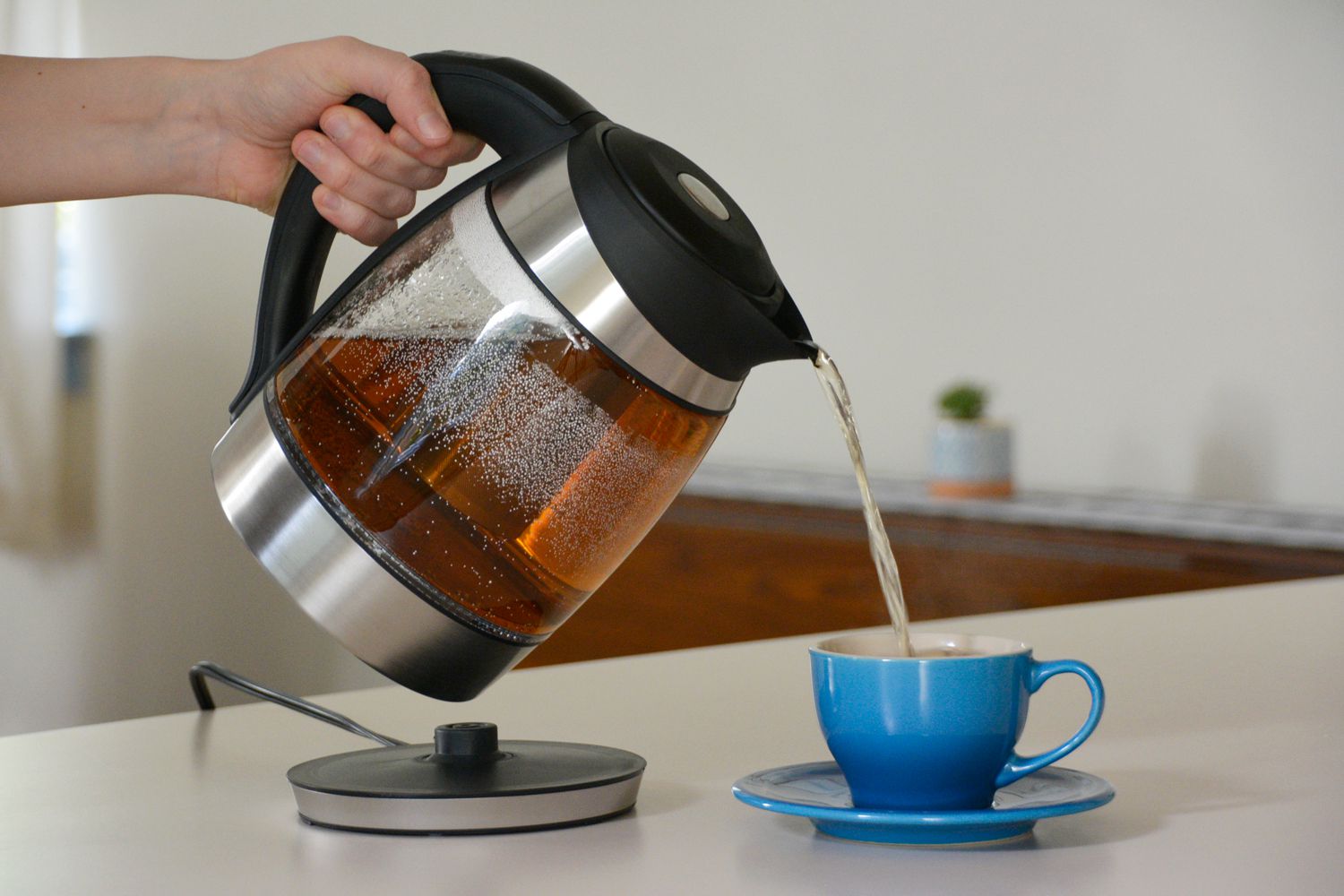



0 thoughts on “Why Does A Tea Kettle Whistle”